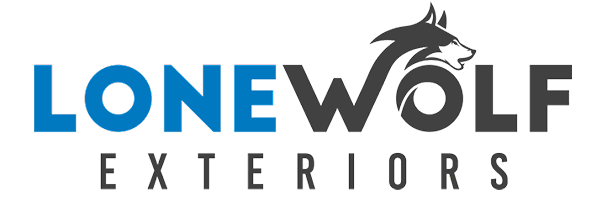The History of Vinyl Windows: From Inception to Modern Innovation
Vinyl windows have become a staple in modern architecture and home improvement, celebrated for their durability, energy efficiency, and cost-effectiveness. But how did they become so popular? This blog post delves into the fascinating history of vinyl windows, tracing their roots and evolution to the state-of-the-art innovations we see today.
The Inception of Vinyl Windows
The story of vinyl windows begins in the mid-20th century. In the late 1950s, the first vinyl window was introduced in Germany. At that time, the industry was dominated by wood and aluminum window frames, which had certain limitations in terms of maintenance and insulation. Vinyl, a type of plastic known as polyvinyl chloride (PVC), offered a promising alternative due to its durability and low maintenance requirements.
Early Adoption in Europe
Vinyl windows gained traction in Europe during the 1960s. Germany, in particular, embraced this innovation, largely because of its potential for energy efficiency. With the oil crisis of the 1970s, the need for energy-efficient building materials became more pronounced, making vinyl windows an attractive option due to their insulation properties.
Vinyl Windows Enter the U.S. Market
It wasn’t until the 1970s that vinyl windows began to make their way into the United States. Here, they faced stiff competition from established materials, but their advantages slowly won over homeowners and builders. By the 1980s, vinyl windows started to capture a significant portion of the market share.
Advantages Over Traditional Materials
Vinyl windows offered several advantages over wood and aluminum. Unlike wood, vinyl does not rot or require painting, making it a low-maintenance option. Compared to aluminum, vinyl provides better thermal insulation, which helps reduce energy costs by maintaining stable indoor temperatures.
Technological Advancements in Vinyl Windows
As technology advanced, so did the quality and features of vinyl windows. Innovations in vinyl formulation and window design have significantly improved their performance and aesthetics.
Energy Efficiency Improvements
Modern vinyl windows often come with multiple panes and advanced sealing techniques that enhance their energy efficiency. According to the U.S. Department of Energy, switching to energy-efficient windows can save homeowners between $126 to $465 annually on their energy bills.
Customization and Aesthetic Appeal
Today’s vinyl windows are available in a wide range of colors, finishes, and styles. Advanced manufacturing techniques allow for custom designs that can mimic the appearance of wood, providing the best of both worlds: the aesthetic appeal of traditional materials with the durability of vinyl.
Modern Innovations and Trends
The vinyl window industry continues to evolve, driven by consumer demand for sustainable and technologically advanced solutions.
Smart Windows and IoT Integration
One of the latest innovations is the integration of smart technology into vinyl windows. Smart windows can adjust their tint based on sunlight exposure, enhancing comfort and reducing glare. Additionally, some models are equipped with sensors that monitor indoor air quality and temperature, integrating seamlessly with smart home systems.
Sustainability and Environmental Impact
As environmental concerns grow, the vinyl window industry is focusing on sustainability. Many manufacturers now offer products made from recycled vinyl, reducing waste and promoting eco-friendly building practices. The recyclability of vinyl windows also contributes to their appeal, as they can be repurposed at the end of their life cycle.
Choosing the Right Vinyl Windows for Your Home
When selecting vinyl windows, consider several factors to ensure you choose the best option for your needs.
Energy Efficiency Ratings
Look for windows with high energy efficiency ratings, such as those certified by ENERGY STAR. These windows are independently tested and verified to meet strict energy performance standards.
Customization Options
Consider the available customization options to match your home’s aesthetic. Many manufacturers offer a variety of color, style, and size options to suit different architectural styles.
Warranty and Support
Check the warranty and support services offered by the manufacturer. A comprehensive warranty can provide peace of mind and protect your investment over time.
Conclusion
The history of vinyl windows is a testament to innovation and adaptation. From their humble beginnings in Germany to their widespread adoption and continuous improvement, vinyl windows have become an essential component of modern homes. As technology and environmental considerations continue to shape the industry, vinyl windows are likely to remain a popular choice for their versatility, efficiency, and sustainability.
For anyone considering home improvement projects, understanding the evolution and advantages of vinyl windows can inform better decisions, ensuring that your choices align with both your aesthetic preferences and practical needs.
Whether you’re renovating an existing property or building a new home, vinyl windows offer a compelling combination of modern innovation and timeless appeal.

Aledo TX replacement siding installation services

How much does it cost for vinyl replacement windows Palmer Texas

home replacement window cost Balch Springs Texas

home replacement window companies North Richland Hills Texas

How much does it cost for vinyl replacement windows Nevada Texas


























































































































